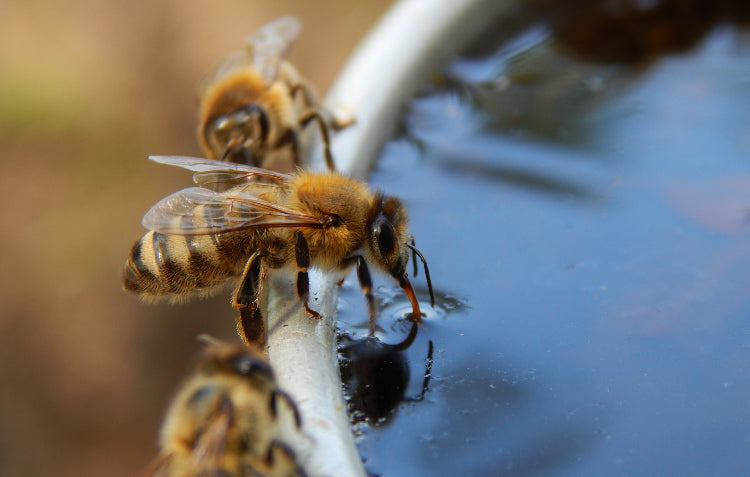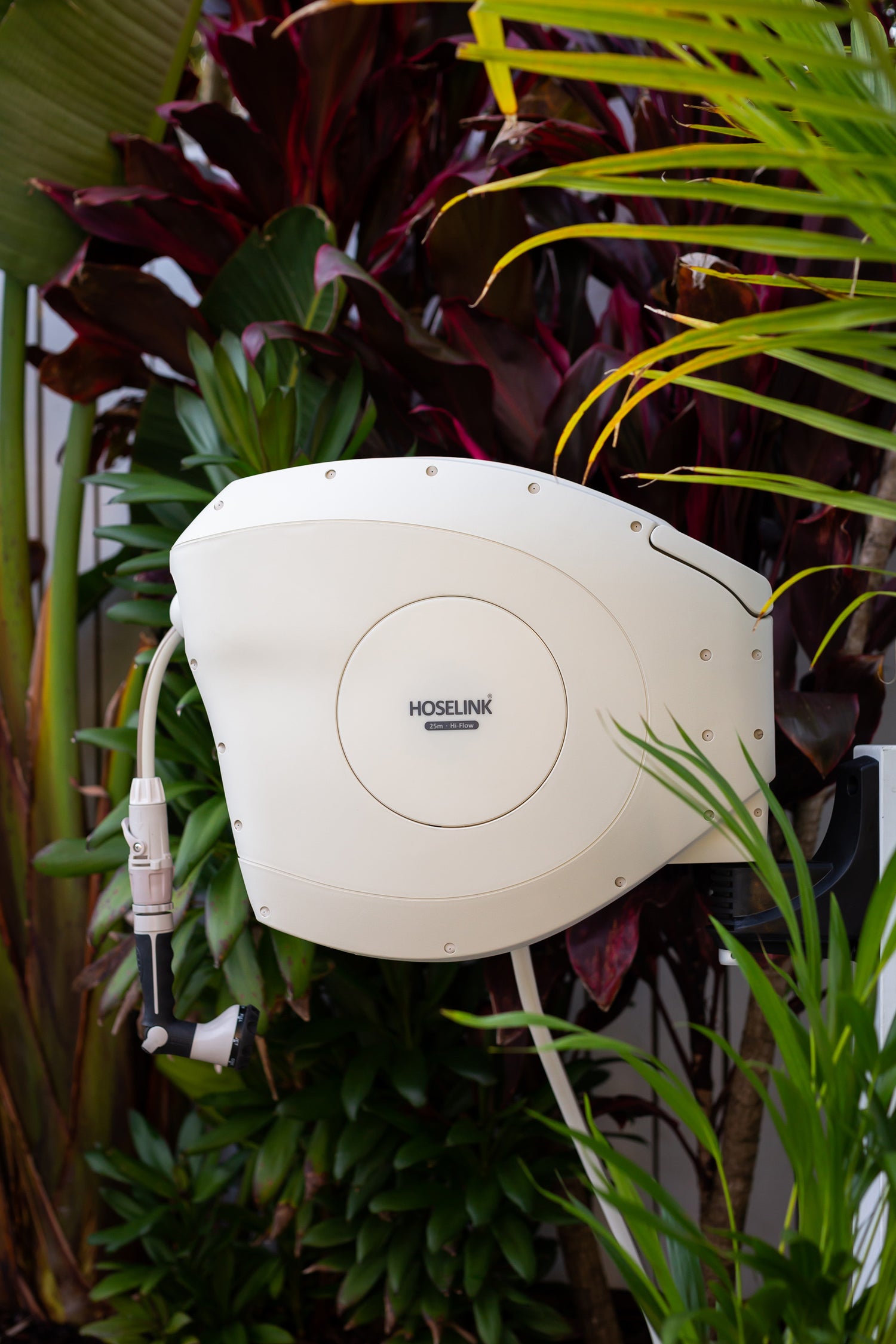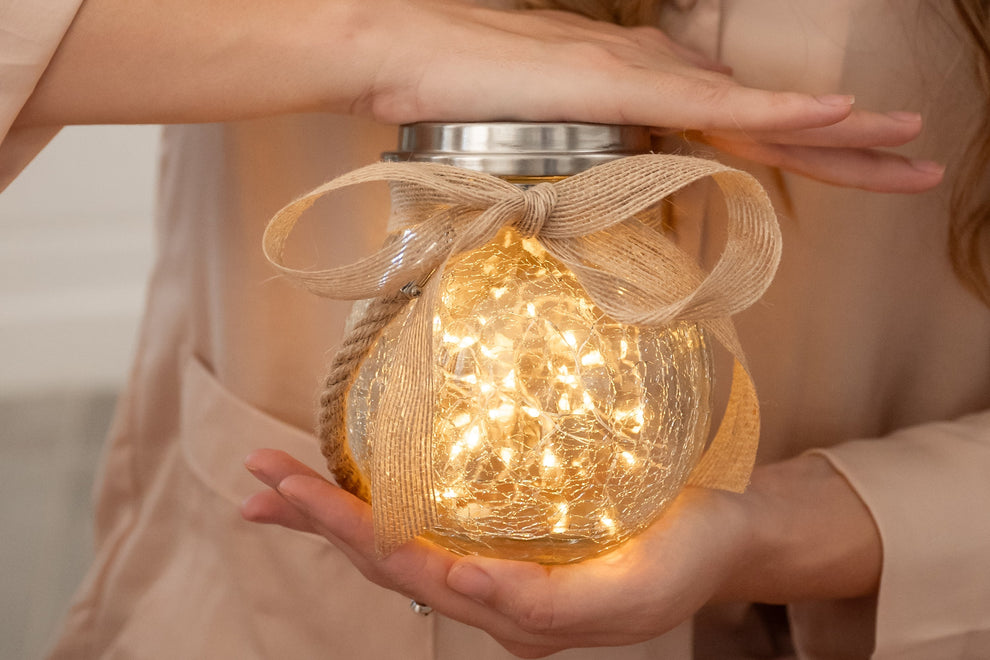Why are bees so important?
Bees are powerful pollinators; they pollinate the flowers of our food crops and native flora and are responsible for bringing us one in every three mouthfuls of the food we eat. There are approximately 2,000 native bee species in Australia in addition to the European honeybee, Apis mellifera.
Bees and other insect pollinators contribute to increased yields of crops, fruits and vegetables by transferring pollen between flowers as they forage from bloom to bloom. Honeybees have co-evolved with human food production systems of thousands of years.
Insects are incredibly important for pollinating the flowers of many species of our native flora such as gum trees (eucalyptus species), native daisies (brachyscome species), banksia trees and shrubs, and native pea flowers (such as daviesia).
Fertilisation of flowers via insect pollination allows plants to set seed and germinate into new plants. Pollen attaches to the hairs on a bee or insect’s body and is transferred from one flower to the next as that insect forages for nectar and pollen. Some of these grains of pollen are dislodged as the bee moves over the flower, fusing the pollen with the female parts of a flower, leading to fertilisation, which is followed by fruit development and seed set. Many of our native bee species have co-evolved with certain native flower species, and these bees and flowers now depend upon each other for food and for pollination.
Our precious and unique Australian flora depends upon native pollinators to thrive and persist in so many landscapes across Australia, and these plants in turn provide homes, habitats, food and shelter for a wide range of insect species as well as birds, reptiles, mammals and amphibians.
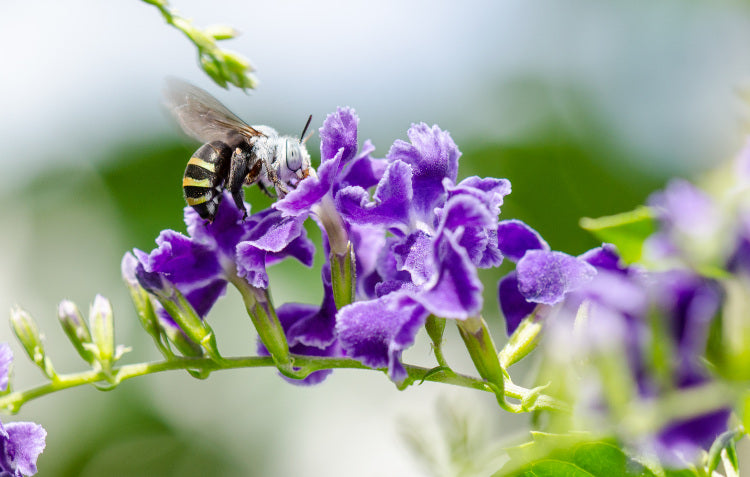
What can we do to safeguard bees?
Safeguarding bees safeguards biodiversity and food security. The best things you can do for bees and pollinators is to create a haven that supplies all of their needs:
- A place to live, nest and breed
- Food to eat
- Water to drink

What do bees drink?
Like all animals, bees need food, water, and shelter. Many insects get all the water they need from their food, such as a caterpillar that feeds on plant leaves, which are mostly made up of water.
The pollen and nectar that constitute a bee's diet supplies only a certain amount of moisture, so bees require an additional water source. In warmer weather, honeybees will start looking for water as well as pollen and nectar. They will also bring water back to the hive to aid in evaporation-cooling during particularly hot weather.
Honeybees and native bees are quick learners, and once they find a water supply, they will return to it regularly. Water is so important that foragers will do the waggle dance to direct hive mates to water sources just as they would for flowers. It's important to provide attractive drinking sites in the cooler months so they learn to visit these places over choosing a less desirable water source like a swimming pool. So, just what is a good water source, and what do bees prefer?
A cup of tea for bees
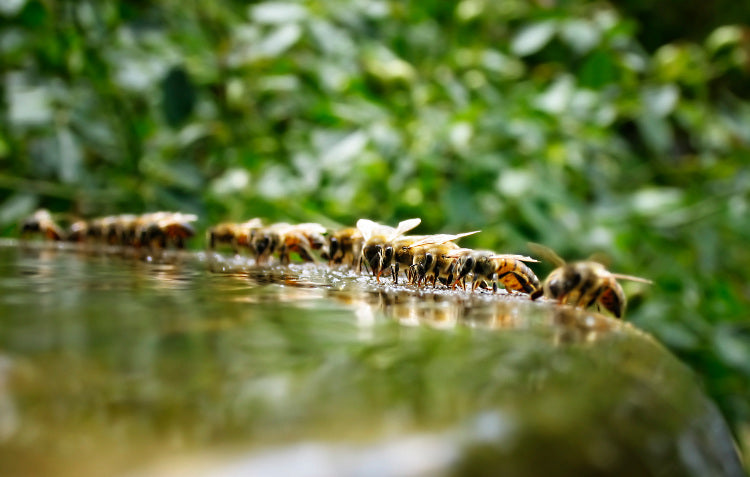
Water needs to be beneficial. Water is an important route for bees to obtain essential nutrients. Surely bees need the same fresh, clean water that you or I might want, right? Well, a scientist who observed bees drinking from pools and rainwater ponds noted that honeybees tend to collect water from sources we would consider undesirable, such as a birdbaths and ponds full of leaves. It seems bees like a strongly brewed cup of 'tea'!
The scientist performed chemical analysis on the water at these sites and found them to be high in various nutrients that were leaching from the organic material. Water with high sodium chloride (that’s right, table salt) seemed to be the source most preferred by bees. More recent research looked at drinking water as a source of micronutrients for bees. Honeybees were allowed to forage freely in a meadow and were provided water sources with varying chemical components. During much of the year, bees had a strong preference for sodium-rich water, regardless of plant diet. In the autumn, when pollen is scarce, they showed a preference for water sources containing calcium, magnesium, and potassium, all of which are found in pollen.
Astonishingly, honeybees have the ability to switch water sources to compensate for dietary nutrient deficiencies, and they use olfactory (smell) cues to locate these preferred sources of mineral-rich water. To provide help in your backyard, allow a few leaves and twigs to settle in the water source you provide so bees can choose to drink from your ‘cup of tea’ if they like the brew.
Mind the gap

Bees can't swim! They must be able to stand safely while they take a drink, and not fall into the water source. Ideally, your water source needs a textured or rough surface that provides traction for bee feet. Smooth, slippery or steep edges make it difficult for bees to land and take off, and may result in many drownings, such as in swimming pools, which bees are coincidentally attracted to for the mineral salt in the water.
Choose unglazed concrete or terracotta bird baths or pot drainage dishes filled with small stones or pebbles to provide a safe landing stage for bees to stand on and drink. Be eco-friendly and recycle tubs or containers as watering points by filling them with gravel, corks or even a large car-wash sponge that holds water and stays damp for bees to sup on. Consider connecting a hose set on a timer, so you can keep the water source topped up even if you’re not home. If your water source is a pond, having some small fish living in there or creating a frog and lizard habitat surrounding the pond will, in turn, help control mosquitoes.
Raindrops are falling

Plants can be an indirect source of water. In a garden with overhead irrigation or large amounts of dew, water can sit for several hours on leaves that are large or covered with hairs.
Set your hose nozzle to the ‘mist’ setting and droplets will sit on foliage without running off. If you do this in the cool of the morning and again in the afternoon, you’ll provide an alternate source of moisture for all sorts of pollinators.
Plants such as bromeliads that have a dish-like centre that holds water are great for attracting bees as well as frogs and lizards to your garden, which are excellent for controlling pests, naturally.
Soak ‘n’ sip pot
A great project for the keen gardener is to make a ‘soak ‘n’ sip’ pot for bees. All you need is a Weeper or Soaker Hose and a packet of cable ties or some tie-wire, and the rest is up to your imagination.
Start your construction by coiling the hose on the ground according to the diameter of the Soak ‘n’ Sip that you want to make. As you layer each loop of hose, join the layers with several cable ties around the perimeter. Keep going until you bend the final coil into position to make the ‘rim’ of your pot.
Fill your new construction with potting mix and add some bee-friendly plants, and you are ready to go. Connect your garden hose to the end of the weeper hose, gently turn on the tap, and patiently wait for the bees to discover your new watering point. If you want to be water-wise, set up a timer on your garden tap so you can run the hose for short bursts periodically.
The bonus of this system is that the organic matter in the pot will help deliver nutrients via the ‘tea’ that will seep out for the bees. A win-win for your garden and its pollinators!

